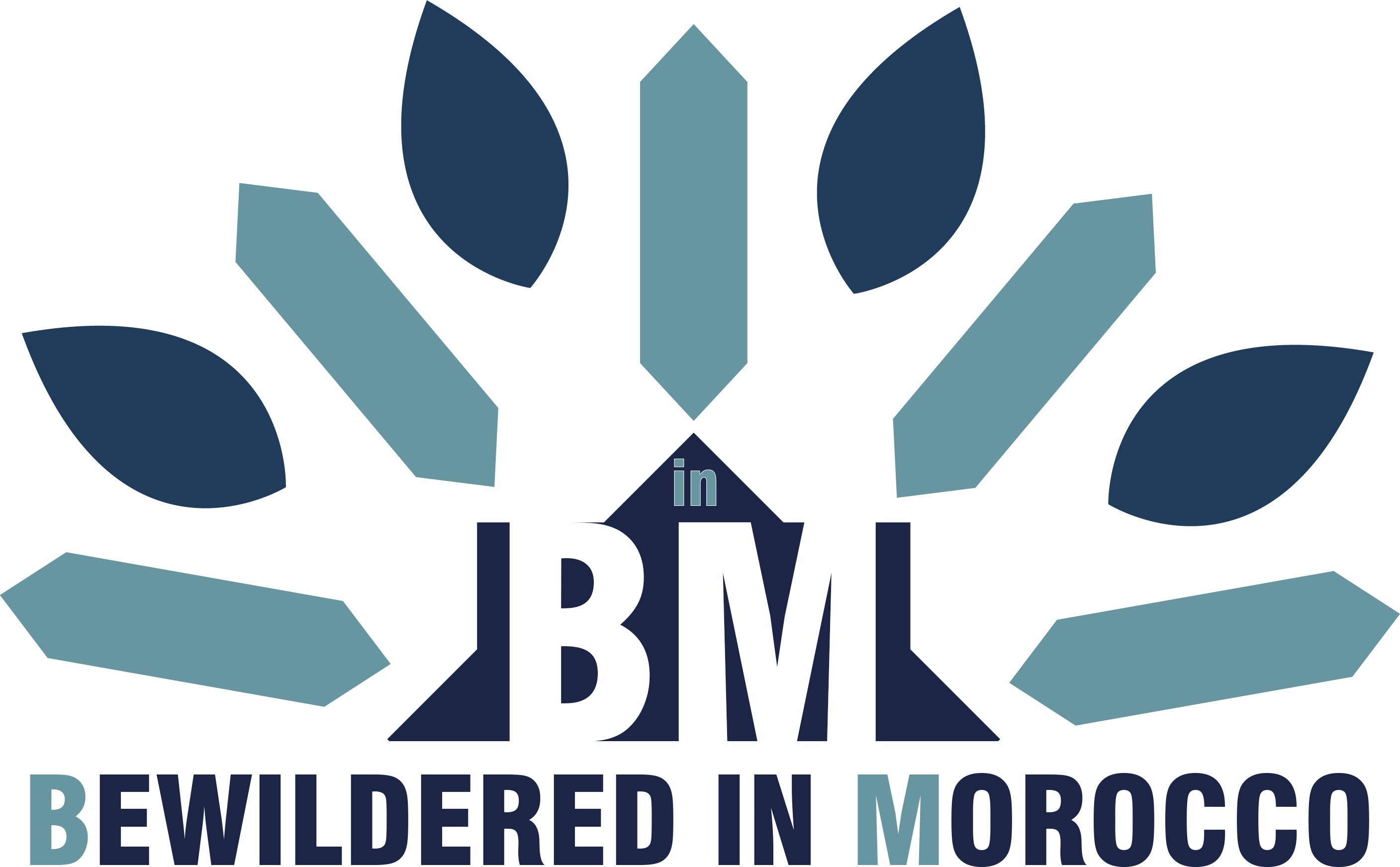When I first heard about Tarfaya Morocco, I had no idea I was about to discover one of the country's most captivating hidden gems. Tucked away on Morocco's Atlantic coast, about 890 kilometers south of Rabat, this small fishing town offers something truly magical – a place where golden Saharan sands meet the endless blue of the ocean.
Most travelers rush past Tarfaya on the main highway heading to Dakhla or Mauritania, but those who take the detour discover a town rich in history, natural beauty, and authentic Moroccan culture. With only about 8,000 residents, Tarfaya feels wonderfully untouched by mass tourism, offering visitors a genuine glimpse into Morocco's coastal Saharan life.
A Journey Through Tarfaya's Fascinating History
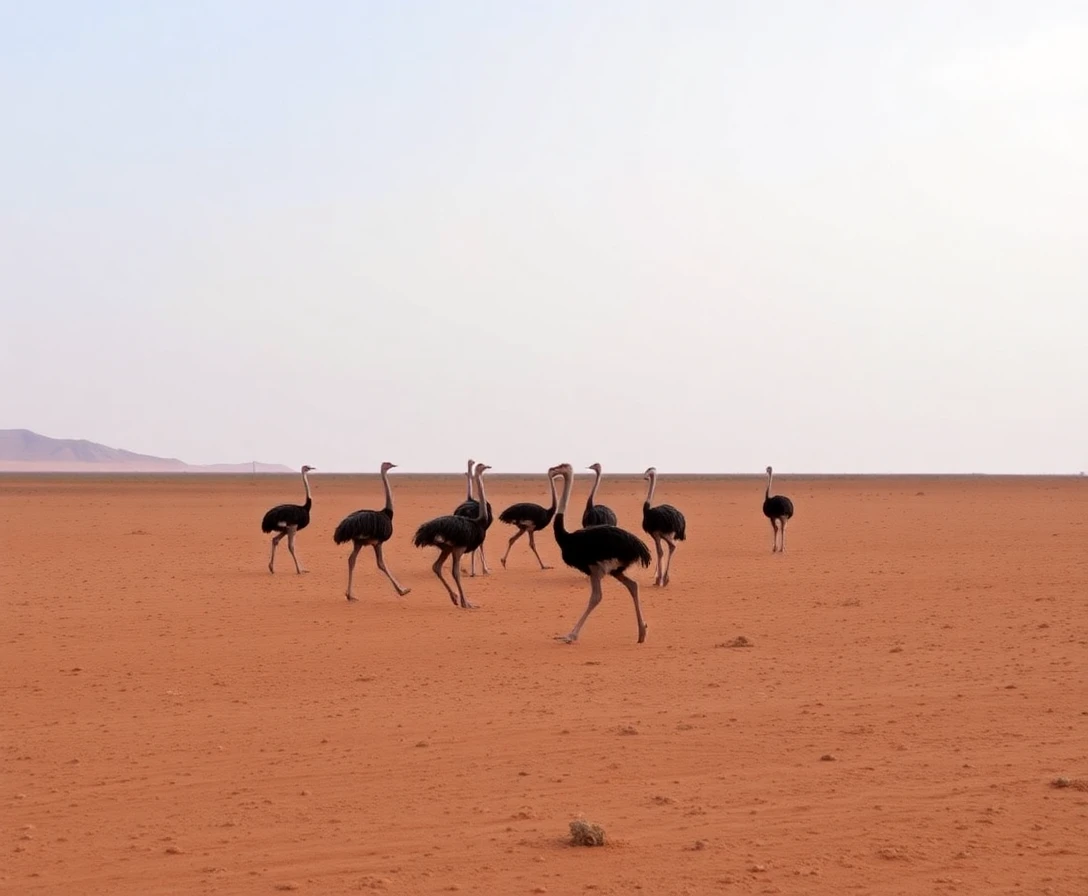
The British Trading Post Era
Tarfaya's story begins in the late 19th century when British merchants established a trading post here between 1882 and 1885. They built the famous "Casa del Mar" – a fortress that still stands today, though weathered by time and ocean spray. This British commercial outpost was part of explorer Donald Mackenzie's ambitious plan to create trading stations along the African coast.
The British presence was short-lived. In 1885, Sultan Hassan I successfully negotiated their departure and purchased the trading post, later gifting it to the local population. This act of diplomacy marked the beginning of Tarfaya's integration into modern Morocco.
Spanish Colonial Period
Following a 1916 agreement between Spain and France, Tarfaya fell under Spanish control and was renamed "Villa Bens" after Francisco Bens, the regional administrator. The territory, known as Cap Juby, became part of Spanish Sahara. During this period, the town developed its maritime infrastructure and began establishing itself as a regional hub.
The Golden Age of Aviation
The most romantic chapter in Tarfaya's history unfolded in 1927 when the French airline company Aéropostale established a refueling station here. This small coastal town became a crucial stop on the legendary Toulouse-Dakar mail route that connected Europe to West Africa.
Antoine de Saint-Exupéry, the famous French aviator and author, served as station chief for 18 months starting in 1927. During his time in Tarfaya, he wrote his first novel, "Courrier Sud," and began developing ideas that would later inspire "The Little Prince." The harsh beauty of the surrounding desert and the challenges of negotiating with local tribes deeply influenced his writing.
Modern Morocco and the Green March
Tarfaya was returned to Morocco in 1958 following the Ifni War. The town gained even greater historical significance on November 6, 1975, when King Hassan II launched the famous Green March from here. Over 350,000 Moroccans gathered in Tarfaya, each carrying a Quran and Moroccan flag, before peacefully marching south to reclaim the Western Sahara territories from Spanish control.
Must-Visit Attractions in Tarfaya
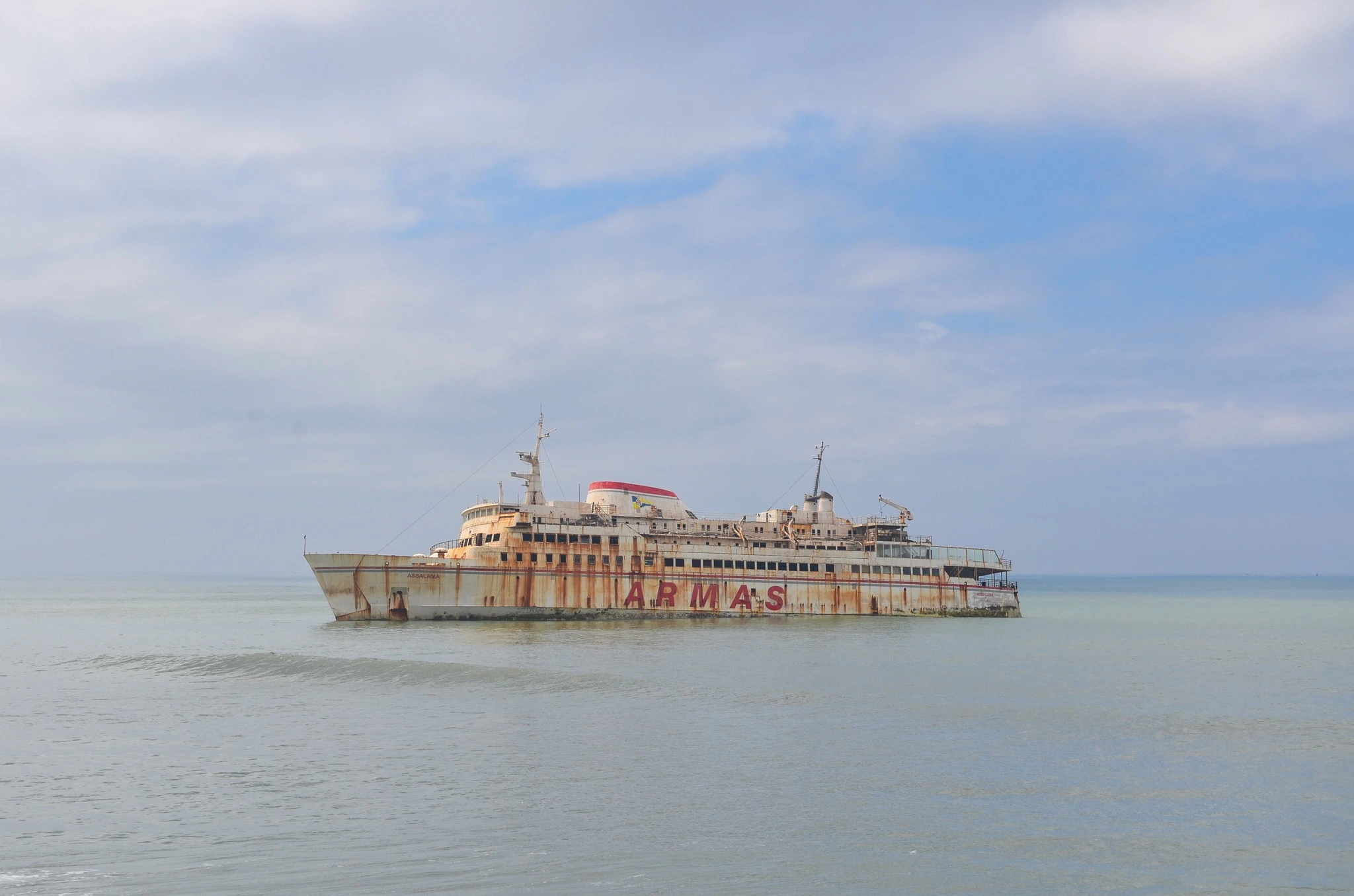
Antoine de Saint-Exupéry Museum
Created in 2004 by the "Mémoire de l'Aéropostale" association, this museum is a true labor of love. Located just 30 meters from the beach, near the old airstrip, it attracts about 1,000 visitors annually. The museum houses fascinating collections of documents, maps, and manuscripts that tell the story of both Saint-Exupéry's time here and Tarfaya's broader history.
The museum volunteers are incredibly passionate about sharing their knowledge, and many visitors find themselves staying longer than planned, captivated by stories of the aviation pioneers. Don't forget to sign the guest book before leaving!
Casa del Mar - The Iconic Fortress
Perhaps Tarfaya's most photographed landmark, the ruins of Casa del Mar stand dramatically on the coastline. This 19th-century fortress, accessible at low tide, represents the layers of colonial history that shaped the town. While time and the Atlantic's relentless waves have weathered the structure, it remains a powerful symbol of Tarfaya's resilience.
The fortress offers spectacular photo opportunities, especially at sunset when the golden light illuminates both the ancient stones and the surrounding beach.
Tarfaya's Pristine Beaches
The town boasts kilometers of unspoiled white sand beaches that stretch along the Atlantic coast. These windswept shores are perfect for long walks, surfing, and windsurfing. The constant Atlantic breeze makes Tarfaya particularly popular with wind sports enthusiasts.
The main beach near the town center is lifeguarded throughout the week, making it safe for swimming. Many locals enjoy beach football and volleyball here, and visitors are often invited to join the games.
The Resistance Museum
Established in 2013, this museum focuses on Tarfaya's role in Morocco's independence struggle and the story of the Liberation Army. Regular workshops help visitors understand this crucial period in the town's history.
Natural Wonders Around Tarfaya
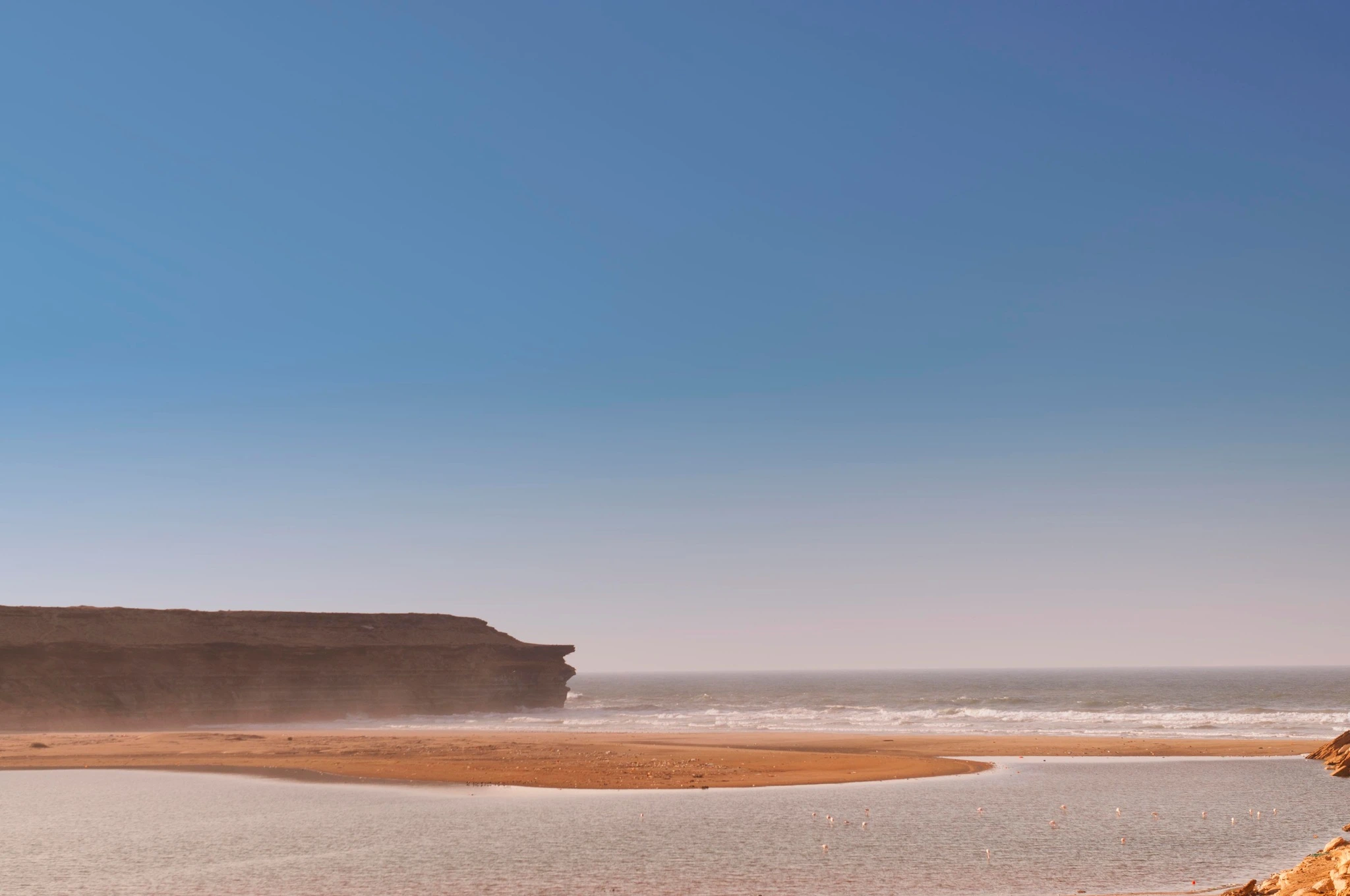
Khnifiss National Park and Naïla Lagoon
About 70 kilometers north of Tarfaya lies one of Morocco's most spectacular natural treasures. The Khnifiss National Park covers 18,500 hectares and protects an incredible lagoon ecosystem that was designated a Ramsar site in 1980.
The Naïla Lagoon is the largest on Morocco's Atlantic coast, stretching 65,000 hectares. This stunning landscape features a 20-kilometer-long arm of the sea separated from the ocean by sand dunes. The contrast between the infinite golden dunes on one side and dramatic cliffs allowing ocean access on the other creates breathtaking scenery.
The lagoon serves as a crucial stopover for migratory birds traveling between Europe and Africa. During winter, nearly 20,000 birds call this place home, including cormorants, grey herons, pink flamingos, and rarer species like oystercatchers and Caspian terns.
The Assalama Shipwreck
About two kilometers south of Tarfaya, visitors can explore the wreck of the Assalama, a ferry that ran aground in 2008. Thanks to quick action by local fishermen, no lives were lost in the incident. The wreck has become an unexpected attraction, offering unique photography opportunities and serving as an artificial reef for marine life.
Experiencing Hassani Culture and Cuisine
Tarfaya's location in Morocco's deep south means Hassani culture strongly influences daily life. This rich cultural heritage is most evident in the local cuisine, which blends Saharan traditions with coastal flavors.
Traditional dishes include camel tagine with dates, honey-marinated camel fillet skewers, and "tchicha" (barley soup made with goat's milk). The town's coastal location also means fresh seafood features prominently – try fish tagines, grilled catches of the day, or perfectly fried local fish.
The Hassani musical tradition, with its haunting desert melodies, often fills the evening air. Local artisans continue traditional crafts like Saharan carpet weaving and silver jewelry making.
Practical Information for Visiting Tarfaya
When to Visit
While Tarfaya can be visited year-round, winter months offer the most comfortable temperatures for exploration. Summer can be quite hot, though the Atlantic breeze provides some relief. Be prepared for cool nights regardless of the season.
Getting There
Tarfaya sits on National Road 1, about 548 kilometers southeast of Agadir. The nearest airport is Hassan I International Airport in Laâyoune, located 104 kilometers away. Most visitors drive from either Agadir or Laâyoune, enjoying the spectacular desert scenery along the way.
Where to Stay
Accommodation options in Tarfaya are limited but authentic. The Hotel Casamar near the port offers basic but comfortable rooms and a restaurant popular with locals. It's the kind of place where you'll share dinner with fishermen and hear stories about life on Morocco's southern coast.
Activities
Beyond exploring historical sites and relaxing on beaches, Tarfaya offers excellent opportunities for:
- Windsurfing and surfing
- Bird watching, especially during migration seasons
- Photography tours of the surrounding desert landscape
- Cultural exchanges with local fishing communities
- Desert excursions to nearby dunes and oases
Why Tarfaya Deserves a Place on Your Morocco Itinerary
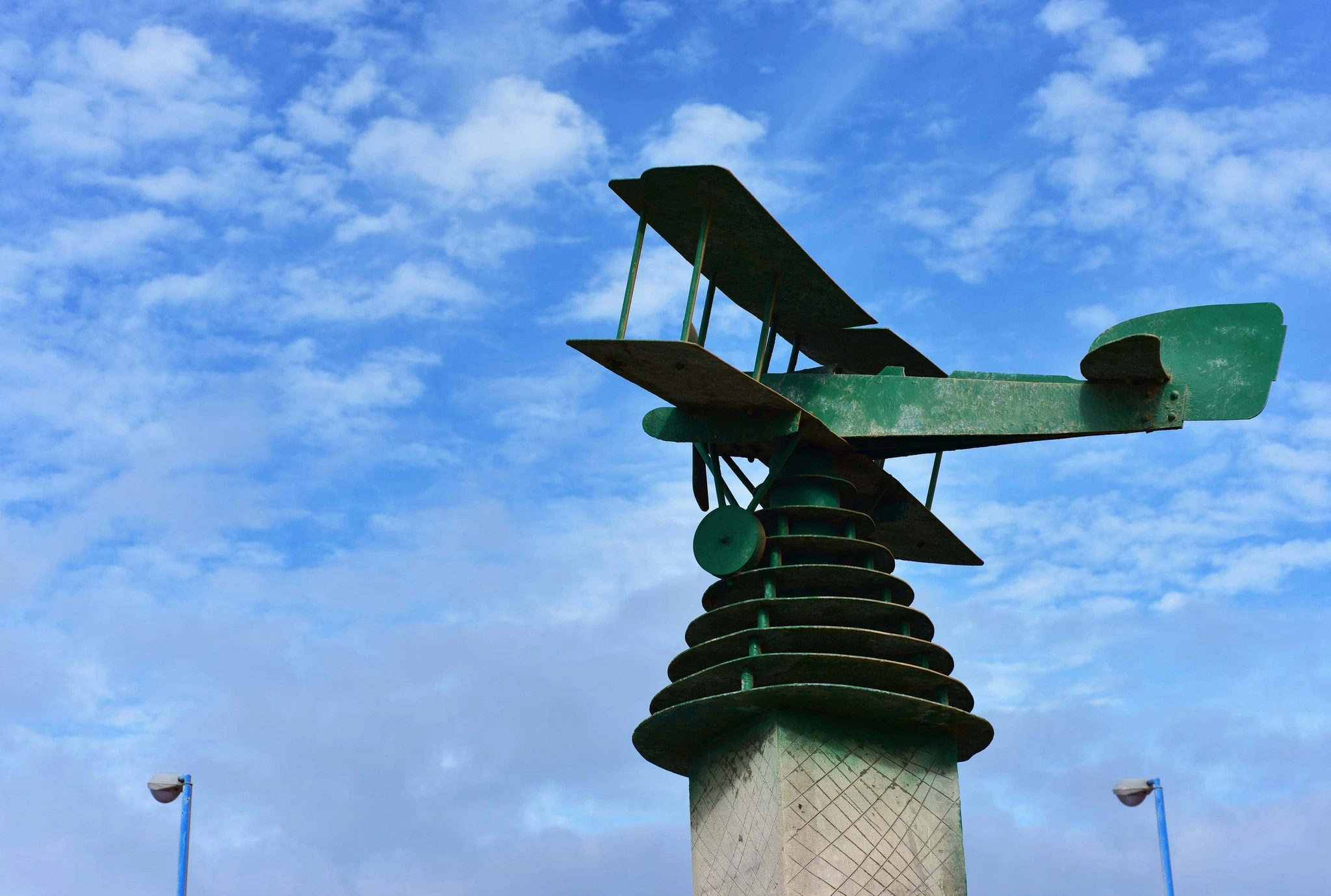
In a country filled with imperial cities and bustling markets, Tarfaya offers something different – authenticity, tranquility, and a chance to experience Morocco away from the tourist trail. This is where you can watch traditional fishing boats return with their daily catch, share mint tea with locals who remember when planes landed on the beach, and witness some of the most spectacular sunsets on the African continent.
The town's commitment to preserving its aviation heritage while embracing its Saharan roots creates a unique atmosphere. Volunteers and local authorities work together to ensure visitors understand and appreciate Tarfaya's remarkable story.
Whether you're following the footsteps of Saint-Exupéry, seeking pristine beaches, or simply wanting to experience authentic Morocco, Tarfaya delivers. It's a place where time moves differently, where the vast Sahara meets the endless Atlantic, and where every sunset reminds you why this corner of Morocco captured the imagination of one of the world's greatest writers.
Have you ever discovered a hidden gem while traveling that completely surprised you? I'd love to hear about your own off-the-beaten-path adventures in Morocco or elsewhere. What draws you to explore lesser-known destinations – is it the history, the natural beauty, or the chance to connect with local culture? Share your thoughts in the comments below, and let's celebrate those special places that remind us why we travel!
